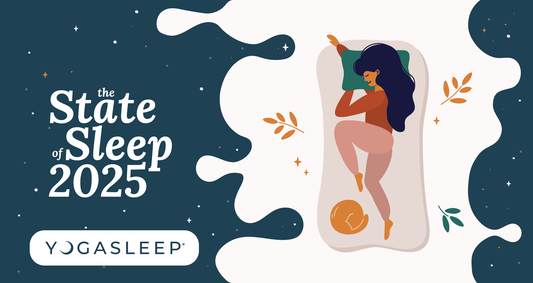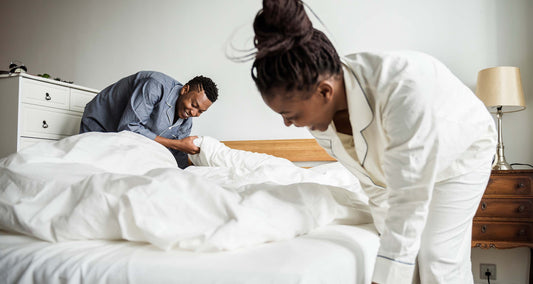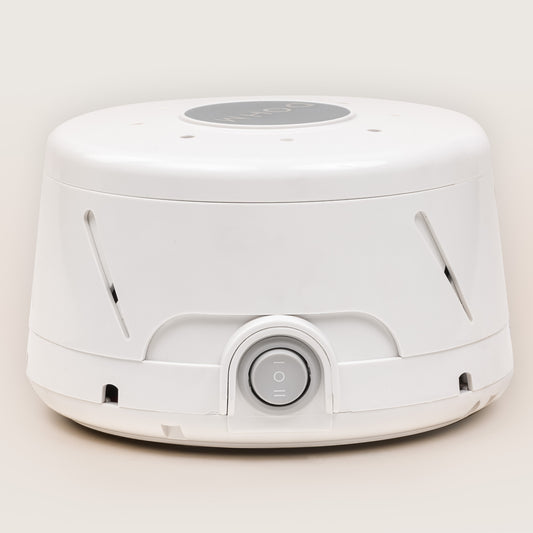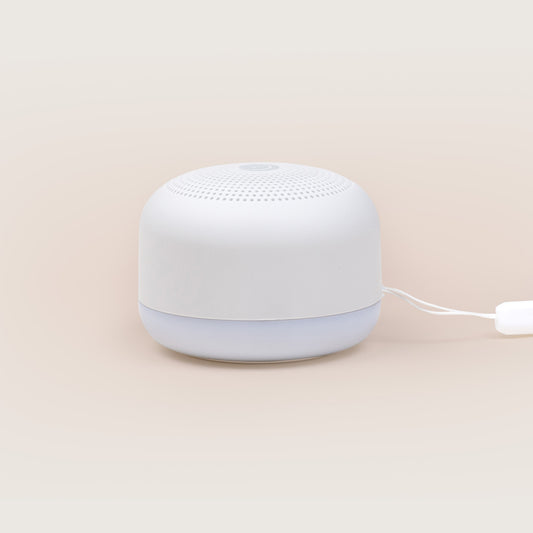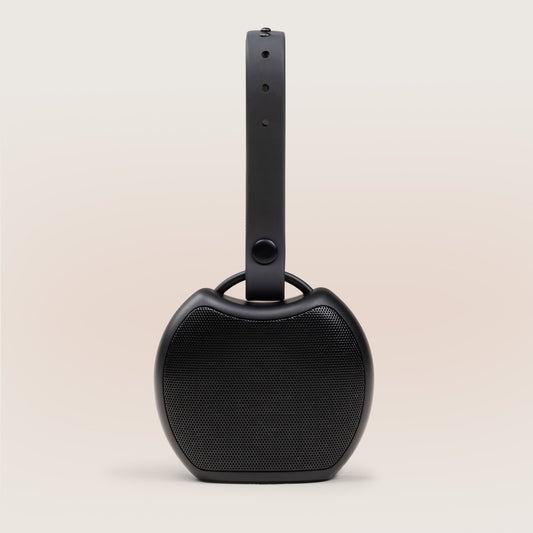
Ultimate Guide to Side Sleepers
No matter what the experts say, there’s something both soothing and unexplainably comforting about sleeping on one’s side. Despite the love we might have for side sleeping, it’s actually one of the worst positions to sleep in when it comes to shoulder and back pain. Shoulder pain especially can be unforgiving the next day, radiating into different parts of the body and distracting us from our work or time with family and friends. Sleep is the time when we should be able to rest up and release any worries of the day, but when shoulder pain enters into the mix, sleep can become the enemy of our peace of mind. Read on to learn more about side sleeping and what steps we can take to mitigate the pain.
Evolution of Sleeping
Side sleeping is far and away from the most common position among people today, and growing archaeological evidence shows that it was probably how most of our ancestors slept in the past as well. As far back as 8000 BCE, early humans slept in nest-like beds , leading archaeologists to surmise that side sleeping was the preferred posture. This is something we share in common with our other great ape cousins, such as the gorilla and orangutan, who are also known for building nest-like structures and platforms for sleeping in at night. This is an altogether different strategy from monkeys, who sleep upright on branches. These platformed nests gorillas build are similar to the beds we humans construct today. Biologists now believe that our propensity for sleeping on platforms may be part of the key to understanding our own evolution, as it provided our ancestors with a night of better quality sleep.
Different Sleep Positions
Today, we still sleep on platforms, as well as in a variety of positions. Most of us would probably claim that we move around throughout the night, and while this may be mostly accurate, it doesn’t change the fact that there are good and bad sleeping postures. Less than 10% of the population sleeps on their back at night, despite it being best for spinal alignment . Sleeping on one’s back is also known for easing headaches and sinus buildup , as well as reducing the development of wrinkles over time. In direct contrast to back sleeping, sleeping on one’s stomach is the worst position. Sleeping on the stomach forces the spine into an unnatural position, which can then lead to pain in the back, neck, and joints . When we sleep on our stomachs we also have to turn our heads to one side or the other to continue breathing, which will almost definitely cause neck issues during the day.
Side Sleeping: Pros and Cons
While back sleeping may be the best position, and stomach sleeping is definitely the worst, side sleeping — as we’ve already established — is the most common position. It’s a posture we’ve possibly borrowed from our ancient great ape ancestors, and probably harkens back to our days in the womb, mimicking the fetal position. Some scientists even posit that sleeping on one’s side may have been a way of keeping an ear to the ground to listen for predators or other dangers during the night. Whatever the reason for its prevalence, there are definite pros and cons to side sleeping.
The Cons of Side Sleeping
We’ll start with the bad news first, there are significant drawbacks to sleeping on one’s side. If the chin is tucked or pointed downwards throughout the night, we might experience neck pain the following day. Such prolonged misalignment of the neck and spine can cause pain in many other areas of the body, including the shoulder, head, arm, hand, and even the legs . The biggest area of concern for side sleepers, however, is the shoulder. When we sleep on our side, we’re pushing our shoulder into the mattress, forcing the rotator cuff into an uncomfortable position all night long. Why does this matter? According to WebMD , “the rotator cuff is made up of muscles and tendons that keep the ball (head) of your upper-arm bone (humerus) in your shoulder socket. It also helps you raise and rotate your arm.” The more pressure we put on our rotator cuff, the more painful the shoulder feels, which may cause headaches during the day.
The Pros of Side Sleeping
Despite the risks to side sleeping, there can actually be many benefits to both the mind and body, as well. Side sleeping has long been recommended as an effective way to stop snoring. Most people will go through bouts of snoring at one point or another, but for habitual snorers and those suffering from sleep apnea , sleeping on their side could be the key to lessening snoring at night. Whether sharing the bed with a pet or human partner, both will probably be thankful for the change. Also, positioning a pillow between the knees before bed can help keep the spine in alignment throughout the night, thereby easing lower back pain. Side sleeping the correct way can keep your body in the best posture out of any other position. Who knew there was so much to consider when it comes to something as simple as sleeping?
We’ve now established that there are many great reasons to be a side sleeper, but there are health benefits associated with sleeping on one side versus the other, as well. Sleeping on the left side has been shown to be far more beneficial overall than the right, as it encourages digestion while we sleep. Anyone who experiences gastrointestinal issues such as bloating and constipation should try sleeping on the left side to see if it makes a difference. The left side can also help to reduce acid reflux during the night . The stomach resides largely on the left side of our body, so when we sleep on that side it keeps the stomach and any acids underneath the esophagus. Sleeping on the left-hand side has also been shown to aid in heart health , by allowing for improved blood flow to the heart throughout the night.
Shoulder Pain
Side sleeping is one of the major culprits of shoulder pain, but it’s not the only reason one might be experiencing discomfort there. Rotator cuffs can be injured due to an accident, overextending oneself while playing sports, or during any activity that requires too much physical activity from one’s shoulders and arms. The same is true of shoulder bursitis , a condition that causes the inflammation of small sacs of fluid called bursae that live around the joints. Typically shoulder bursitis is the result of an injury, as well. Another cause of shoulder pain is osteoarthritis , a chronic condition affecting the joints, that also stems from injuries and can lead to intense pain. Even though none of these conditions are necessarily caused by side sleeping, they can all be exacerbated by sleeping in that position. This is why sleeping the correct way is so important.
Managing Shoulder Pain
Shoulder pain can be detrimental to our mood and focus during waking hours, which is why finding ways to mitigate and release the pain is essential. Taking an over-the-counter medication such as ibuprofen or acetaminophen can be a good way to relieve inflammation or pain, but unfortunately, it’s only a short-term fix. In addition, there are a number of simple and effective at-home exercises and stretches that could be beneficial when it comes to releasing tension in the shoulders. Of course, for anyone suffering from chronic, long-lasting shoulder or neck pain, help from a medical professional may be necessary. The advice in this blog post is only meant for those with occasional aches and pains.
How to Side Sleep Better

Getting a good night’s sleep in your preferred sleeping position is achievable, but it all comes down to sleeping in the correct posture with the ideal mattress. So how should we be side-sleeping? According to Healthline , when getting in bed for the night, it’s important to make sure that you position your ears directly above your shoulders, being careful not to allow your chin to sag downwards. Keep hands away from the face and neck, and adjust your knees so that they’re bent slightly upwards. It may also be helpful to tuck a pillow between your knees, as mentioned above, to keep your hips from collapsing. Now for the most important part of the whole scenario: the mattress. No matter how carefully we side-sleep, without the right mattress, we’ll still develop those familiar shoulder pangs the next day.
Mattress For Side Sleepers
When choosing a new mattress, it’s so important to factor in sleeping position, as this will help us understand which level of firmness we desire. As side sleepers, a mattress that’s much too soft only encourages the body to collapse in on itself, putting undue pressure on the joints. At the same time, a mattress that’s too firm won’t have enough give, causing pain to the shoulders and hips. Everybody is different, and everyone will have their own preferences when it comes to mattress firmness, but the recommended approach for side sleepers is a medium-firm memory foam mattress. Memory foam mattresses are perfect here because they’re specially designed to fit the curves of the body, relieving pressure in the shoulders and hips. Our Yogabed mattress is perfect for side sleepers looking for a new mattress to enhance their night’s sleep and potentially relieve pain.
How the Right Pillow Can Help
In addition to a Yogabed mattress, the next most important component of side sleeping is the pillow. The right pillow for side sleepers offers support to the neck and head, keeping it in line with the shoulders and back to properly support the spine while we sleep. As we’ve pointed out already in our blog post, Best Pillow for Neck Pain , sleeping on either a feather pillow or memory foam pillow is optimal for side sleepers. A memory foam pillow will curve to fit the indentation of the head, while still supporting the neck. Meanwhile, a feather pillow is flat without being too firm, offering a soft place for the head to rest.
For those unwilling to switch to back sleeping, we hope this article has outlined the various ways one can optimize everything from the posture to the mattress and pillow, all allowing for a perfectly restful night’s sleep. Sleep is so essential to us as humans. To our mood and focus, of course, but also to our interactions with others and relationships with loved ones. Experiencing pain or tension, or just fatigue from a bad night’s sleep can be the cause of a lot of anxiety in our daily lives. By switching to a Yogabed mattress and pillow combination, and being mindful of the way the spine is aligned as we fall asleep, any discomfort will be properly alleviated, allowing our mind and body to fully recuperate while we sleep.
Disclaimer: The information on our site is NOT medical advice for any specific person or condition. It is only meant as general information. If you have any medical questions and concerns about your sleep, please contact your health provider.

